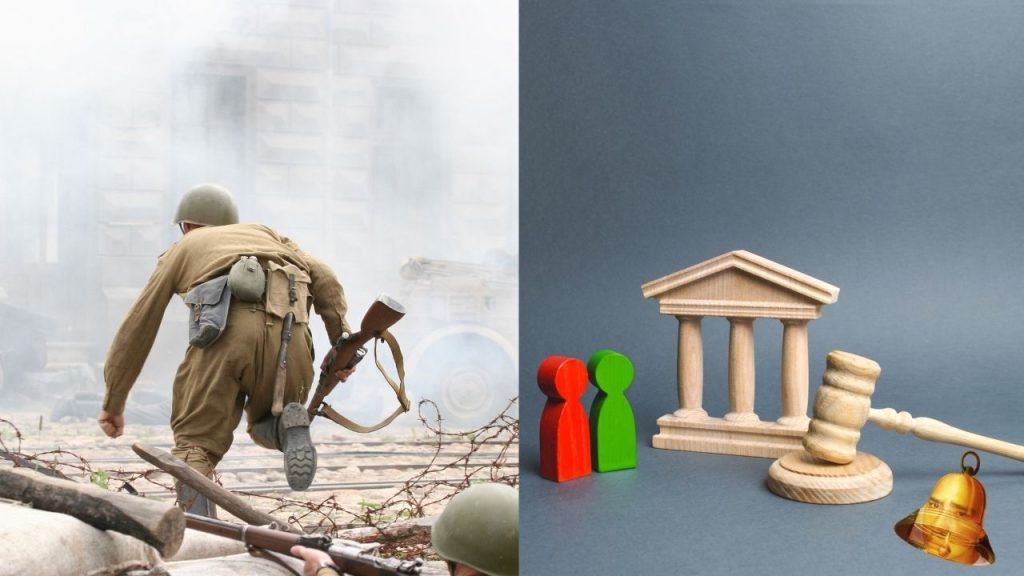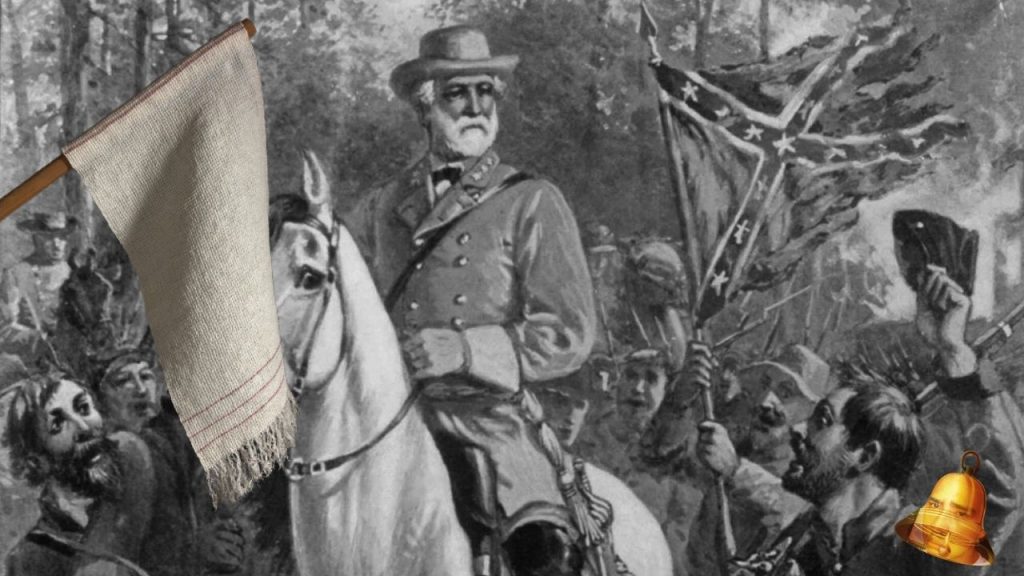In the history of war, the white flag has long been recognized as a symbol of surrender. Its use can be traced back to the wars of the first century, where the white flag was the universal signal to stop fighting and begin negotiations. This article will explain the symbolic origins of the white flag and how it became a respected symbol of peace in military conflicts.
Origins of the White Flag
White flags were first used as a symbol of surrender in ancient Roman times. In historical records, defeated armies would raise white cloths to show that they no longer had the will to continue fighting and were willing to take prisoners or negotiate. White was chosen because of its striking contrast with the dark colors of the battlefield, making it easy for both sides to see.
Symbolism and Its Use

The color white has long been associated with purity and innocence. In the context of war, raising a white flag signifies an honest intention to stop fighting and talk about peace. This is an act that requires courage, as it admits defeat and opens oneself to the possibility of unconditional surrender.
Use of the White Flag in War and Civil Conflict

The white flag has long been recognized as a universal symbol of surrender, in both military and civilian contexts. However, its use in these two contexts is nuanced, reflecting differences in the ethics, goals, and consequences of war compared with civil conflict.
In War

In war, a white flag is used as an unambiguous sign of surrender, indicating that the party flying it is stopping fighting and requesting protection or negotiations. This is a practice that has been codified in the Hague and Geneva Conventions, which set out the international rules of war, including the use of symbols such as the white flag. The use of the white flag in this context is also strictly regulated to prevent abuse, such as pretending to surrender and then carrying out a surprise attack.
Civil Conflict

Meanwhile, in civil conflicts, the white flag often has a broader meaning. Apart from being a symbol of surrender, the white flag can also signal a desire for dialogue or propose a ceasefire. In some cases, white flags are even used by medics or peace envoys who wish to carry out their duties without interference. This shows that in civil conflicts, the white flag is not only associated with defeat, but also with efforts to achieve a peaceful resolution.
By understanding the context and meaning behind the use of the white flag, we can better appreciate how symbols like this help shape the way we communicate and resolve conflict in our global society. This symbol, although simple, carries a rich historical burden and continues to be an important part of international law of war etiquette and law, as well as civil peace efforts.
The use of white flags continued into modern warfare. In the Geneva Conventions, the white flag is recognized as a symbol of protection and ceasefire. This allows evacuation of casualties, negotiations between conflicting parties, or even surrender without fear of attack.
Interesting Historical Events Regarding the Raising of the White Flag

One interesting historical event regarding the use of a white flag was during the Eastern Han Dynasty (25-220 AD), which is one of the first records of the use of a white flag for surrender. In the Roman Empire, historian Cornelius Tacitus mentioned the white flag as a symbol of surrender in 109 AD. Before that, Roman soldiers would surrender by raising their shields above their heads.
Another famous incident was when Confederate troops used towels as flags of truce during General Robert E. Lee's surrender at Appomattox Court House, Virginia, on April 9, 1865, which was later immortalized by General George A. Custer who was present at the time.
Conclusion
The white flag as a symbol of surrender has long historical roots and remains relevant to this day. This symbol not only ends bloodshed but also paves the way for dialogue and reconciliation. By understanding the background, we can appreciate the importance of communication and diplomacy in resolving conflict.
This article has been prepared to provide an in-depth understanding of the importance of the white flag in the history of war. By using simple and easy to understand words, the hope is that readers can draw lessons from the past to apply the principles of peace in everyday life.


